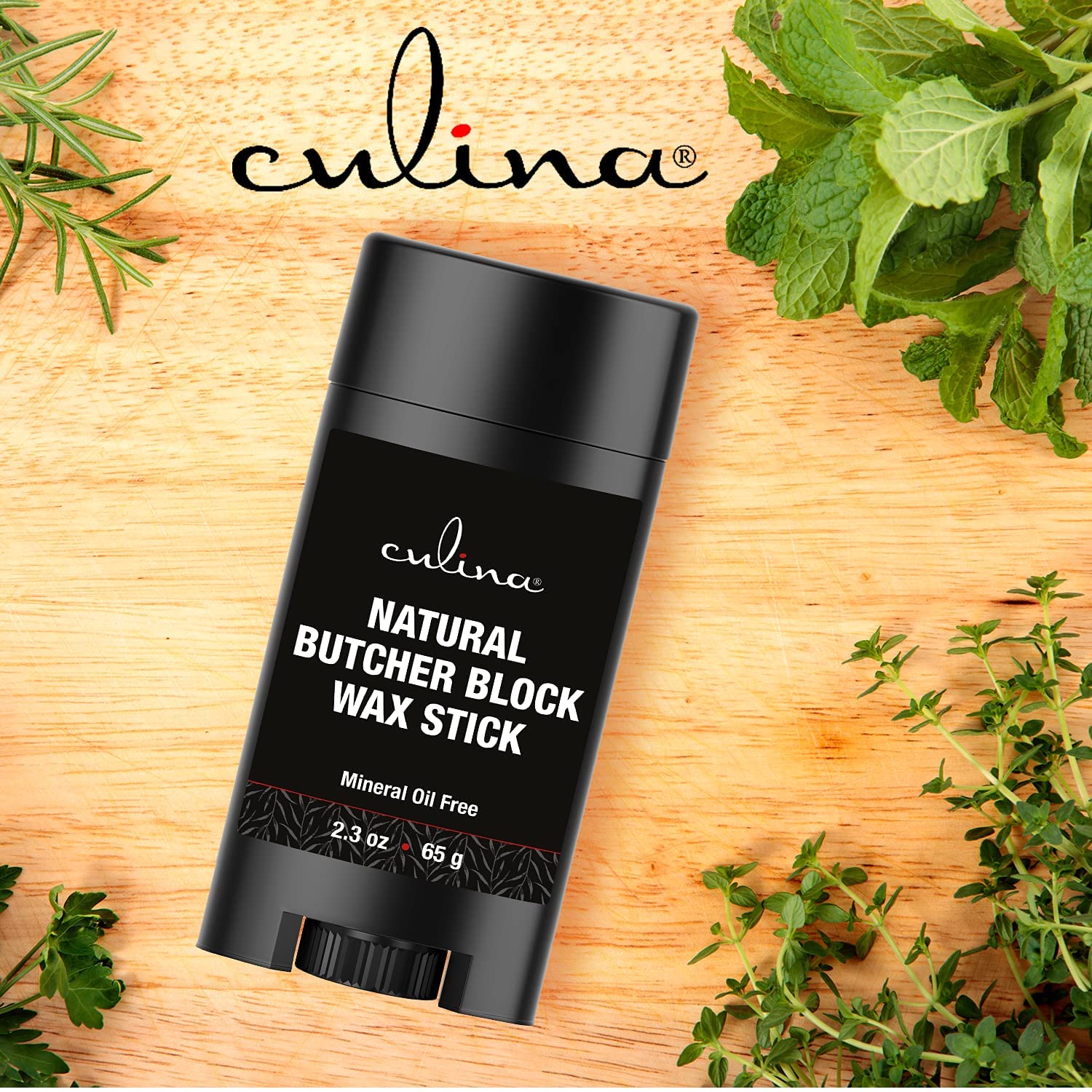Are you delighted to master the art of cooking steak? One of the most critical tools you will need is a meat thermometer. Knowing how to use a meat thermometer for steak can transform a good meal into an unforgettable dining experience. This comprehensive guide will cover everything you need to know to ensure your steak is always cooked perfectly.

Why Use a Meat Thermometer?
Using a meat thermometer ensures your steak reaches its optimal temperature. It’s not just about taste but also about food safety. Undercooking can pose health risks, while overcooking can ruin the meat’s texture and flavor. A meat thermometer helps you hit that sweet spot.

Types of Meat Thermometers
Instant-read Thermometers
These are the most common and provide a temperature reading in a matter of seconds, making them ideal for quick checks.
Probe Thermometers
These come with a probe that stays in the meat while it cooks, providing continuous temperature readings. They’re perfect for long cooking sessions.
Digital Thermometers
These have digital displays and often come with additional features like backlit screens and programmable alarms.
Dial Thermometers
These are the traditional type, requiring manual reading and usually taking longer to provide a temperature reading.

Choosing the Right Thermometer
The right thermometer for you depends on your cooking style. For quick, reliable readings, an instant-read or digital thermometer is best. For low and slow cooking methods, a probe thermometer will serve you well.
Steps to Use a Meat Thermometer for Steak
Preparing the Steak
Before inserting the thermometer, make sure the steak is thawed and seasoned according to your preference. Pat it dry to ensure the thermometer gets an accurate read.
Calibrating the Thermometer
To ensure accuracy, calibrate your thermometer regularly. For digital thermometers, follow the manufacturer’s instructions. For dial thermometers, place the probe in ice water and look for a reading of 32F (0C).
Inserting the Thermometer
Insert the thermometer into the thickest part of the steak, avoiding bones and fat as they can skew the reading. Ensure it goes into the center for the most accurate temperature.
Reading the Temperature
Know the target temperature for your preferred doneness. Here are some guidelines: Rare: 120-130F, Medium Rare: 130-135F, Medium: 135-145F, Well Done: 155F and above.
Resting the Steak
After reaching the desired temperature, remove the steak from heat and let it rest for a few minutes. This allows the juices to redistribute, resulting in a juicier steak.
Common Mistakes to Avoid
One common mistake is inserting the thermometer too shallow or too deep, resulting in inaccurate readings. Avoid using a thermometer on cold steaks as it can give false readings.
Cleaning and Maintenance
Proper cleaning and maintenance extend the lifespan of your thermometer. Always wash it with warm soapy water and avoid submerging digital thermometers as they are not waterproof.
Additional Tips and Tricks
Temperature Alerts
Some digital thermometers come with temperature alerts that notify you when the steak reaches the desired temperature, allowing you to multitask effectively.
Using a Thermometer for Other Meats
Thermometers are versatile tools. Use them for chicken, pork, and even grilled vegetables to ensure everything is cooked perfectly.
Pair with Rotisserie Chicken
For variety, learn what to pair with rotisserie chicken to complement your steak meals. It offers a delightful contrast in flavor and texture.
FAQs
What is the best way to clean a meat thermometer?
Always clean the probe with warm soapy water and avoid submerging digital thermometers. Use a sanitizing wipe for quick cleans between uses.
Can I use a meat thermometer for other foods?
Yes, you can use a meat thermometer for other proteins and even baked goods to ensure they are cooked to perfection.
How often should I calibrate my thermometer?
It’s best to calibrate your thermometer before each use to ensure accuracy.
For additional information on calibrating and using a meat thermometer, visit this guide.
As an Amazon Associate, I earn from qualifying purchases.










